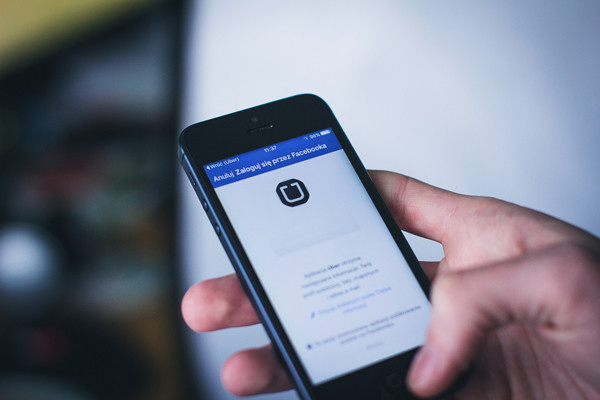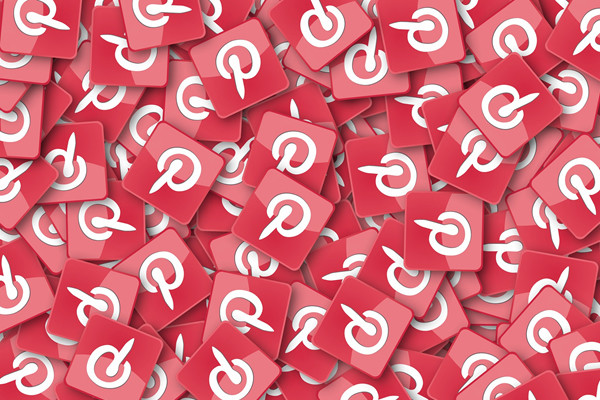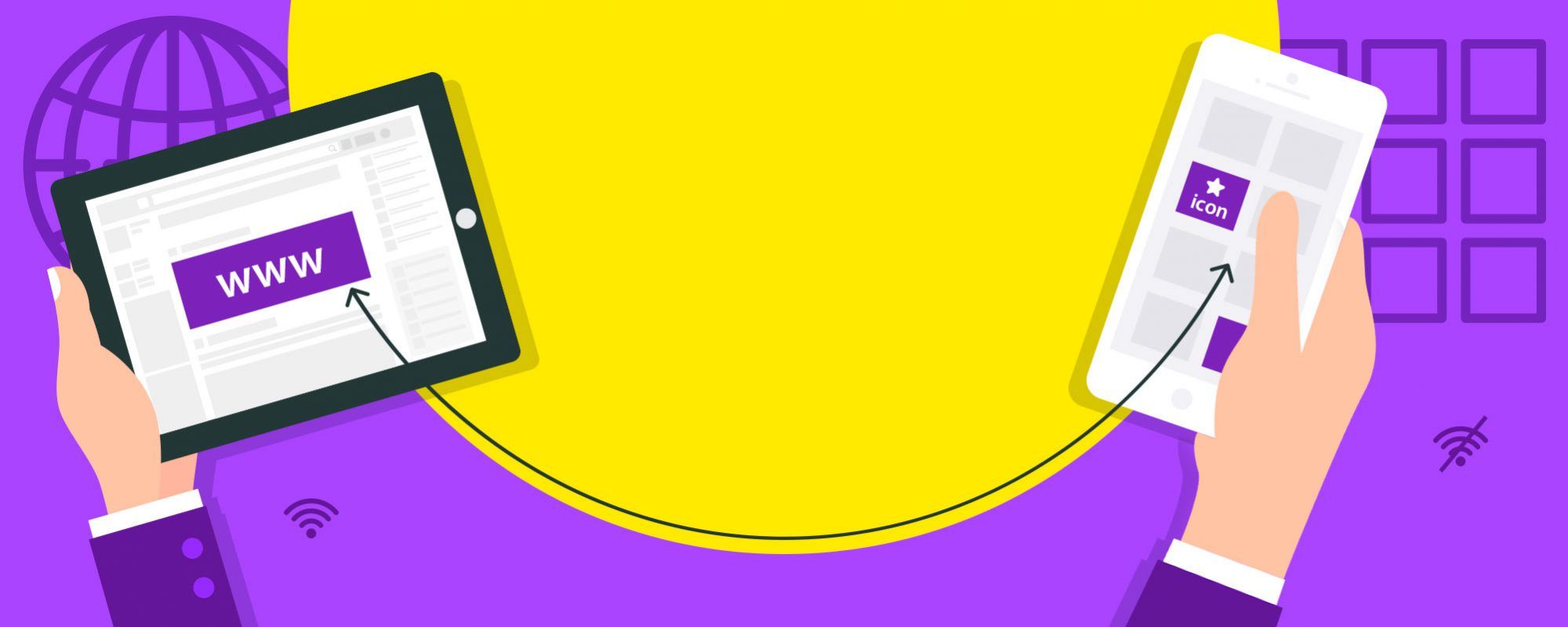Top Progressive Web Apps: The Best 9 PWAs
In a recent article, we talked about Progressive Web Apps (PWAs) and discussed how they compare to native apps. A PWA is a web app that runs on an instance of a browser, is able to consume native services of the device, and offers a native user experience. It basically works on all devices that support modern browsers and uses web standards like JavaScript, HTML and CSS, which allows you to develop a responsive, clean, modern and safe web app. It runs, works and looks just like a native app and includes push notifications and offline and local storage access support. This time, we’d like to give you examples of just a handful of very successful PWAs. Let’s have a look to our Top 9 Progressive Web Abpps:

Given that 80% of Twitter’s users are on mobile, the fact they invest heavily on their apps comes as no surprise. Twitter Lite was introduced back in April of 2017 and this PWA managed to bring down mobile data usage by up to 70%, thus making navigation exceedingly faster. Not to mention its storage space is negligible in comparison with the native Twitter app for Android (600KB versus the original 23.5MB). It has also heavily increased engagement—as Google reports, this progressive web app increased the number of pages per session by 65% and saw a 75% increase in Tweets sent, in addition to decreasing the bounce rate by 20%. If you are wondering how the PWA was built, you can check out this article.

Starbucks launched their first mobile app back in 2015 and switched to a progressive web app last year. Users can browse and research the Starbucks menu, customize their orders, and even place items in their shopping cart from any device without needing an internet connection (a connection is required only to check local prices and actually place an order). The app has been a major success, increasing engagement and reducing development costs. Given its reduced size (233KB versus the original 148MB native app), it is quite fast and responsive.

Uber’s PWA was released in 2018 and takes up only 50KB, which means you can launch it in just two seconds in devices with just a 2G network. Therefore, riders who weren’t able to use the native app due to owing a low-end device now have a way to access Uber services through any modern browser. Not to mention the app also offers offline access to rides and ride sharing. You can learn more about this progressive web app here.

This remarkably prosperous e-commerce site unsuccessfully tried to convert non-app users into app users through their mobile site before making the jump to PWAs back in May 2016. Their cross-browser progressive web app has allowed them to improve retention and conversion rates (with a 104% increase) as well as reengagement. And if that wasn’t enough, users visit twice as many pages as before and spend 74% more time per session in the app. The app is fast and sleek, can be used offline and added to the users’ home screen, and includes push notifications.

Launched in 2010, Pinterest’s virtual pinboard has become hugely successful by allowing users to find and save images, videos and recipes, among many other things. However, their website experience used to be slow and only 1% of visitors either signed up or installed the mobile app. This is why they decided to develop a PWA that yielded a higher user engagement (60% in all) with 40% more time spent on the mobile web. Their revenue also saw a major impact with an increase in the ad click-through rate (50%) and user-generated ads revenue (44%). You can see a case study on the new app here.

This prestigious newspaper holds a considerable amount of third-party content, which means a progressive web app provides them with optimal performance while running third-party scripts. The app, released in April 2016, caches content in the background allowing The Washington Post to keep their content up to date and provide a smooth reading experience for their users. Users can also add an icon to their home screen and use the app both online and offline. As for results, the app yielded a 23% increase for mobile users returning after 7 days and improved loading time by a whopping 88%.

Following The Washington Post’s footsteps, Forbes launched their very own PWA the following year. The switch from mobile site to PWA improved user experience by providing faster load times (from 6.5 seconds to just 2.5) and extremely visual content as well as adding offline reading and push notification features. Consequently, their engagement rates doubled and the number of readers that actually finished an article increased by six times. All of this has allowed Forbes to grow and stay ahead of their competition.

The popular Indian classified ads site, which runs in over 40 countries, saw major improvements by embracing PWA technology. Most of OLX users prefer mobile and the PWA gave them the opportunity to speed up ad and page loading, as well as to add the app to their home screen and receive push notifications even when offline. Soon, re-engagement increased by 2.5 times, their CTRs (click-through rates) grew to 146%, and they saw an 80% decrease in their bounce rates. It goes without saying that these quickly resulted in higher monetization.

Flipboard is the most popular social news app. It provides readers with access to content from news outlets, blogs and social media, displaying them in a magazine-style format. It also allows users to follow sources and save stories, videos and images into their own magazine to read later or share with friends. Flipboard used to be strictly a mobile app, which means their progressive web app has allowed them to reach a wider audience. Their PWA also provides a faster browsing experience by reducing data usage.
Top Progressive Web Apps Takeaway
Believe it or not, we’ve provided you with just a sneak peek of some of the most successful progressive web apps currently available. As you can see, PWAs have allowed apps across all industries to increase engagement and revenue by providing users with a faster and more engaging experience. They are versatile, appealing and lightweight. Some other companies that have chosen to go the PWA route include Telegram, Trivago, 2048 Game, Yummly and Podle for Podcasts.





